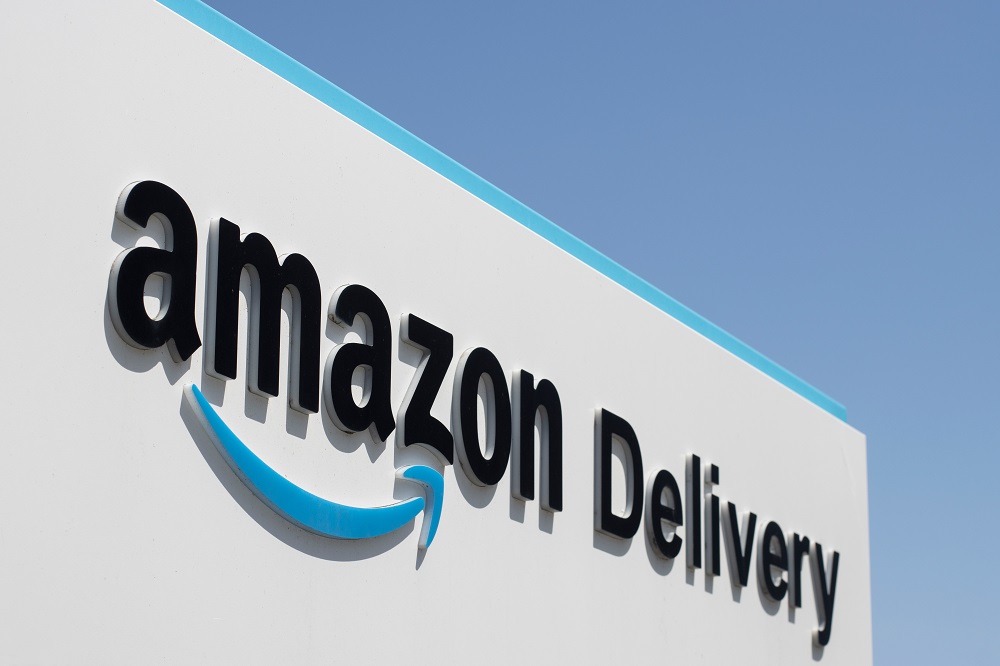
Stepping into the world of e-commerce, particularly on a platform as massive as Amazon, can be exhilarating. The promise of reaching millions of customers and building a successful business is enticing. One of the tools at the disposal of Amazon sellers aiming for this success is the Fulfillment By Amazon (FBA) program. If you’re a new seller, understanding Amazon FBA can be crucial. Let’s dive into the essentials of this game-changing service.
What is Amazon FBA?
Fulfillment By Amazon (FBA) is a service provided by Amazon wherein they handle the storage, packaging, and shipping of products for sellers. Simply put, you send your products to Amazon’s fulfillment centers, and they manage the logistics from there.
Why Choose FBA?
Customer Trust: With FBA, your products become eligible for Amazon Prime, a badge of trust for many customers.
Global Reach: Amazon’s vast logistics network can help you sell and ship internationally.
Hands-off Logistics: Amazon takes care of storage, packaging, shipping, and even customer returns, allowing you to focus on other facets of your business.
The FBA Process Simplified
Set Up FBA: Start by setting up FBA on your Amazon Seller account.
Prepare Products: Ensure your products meet Amazon’s preparation requirements.
Ship to Amazon: Send your products to Amazon’s fulfillment centers.
Customers Order: Products get listed on Amazon. When a customer places an order, Amazon handles the fulfillment.
Amazon Ships: Amazon picks, packs, and ships the product on your behalf.
Handle Returns & Customer Service: Amazon manages customer service and returns for FBA orders.
Understanding FBA Fees
The convenience of FBA does come at a cost. There are two primary fees:
Fulfillment Fees: These are based on the size and weight of your product and cover picking, packing, and shipping.
Storage Fees: Charged for storing your products in Amazon’s fulfillment centers. Rates vary based on the size of the product and the season (storage fees typically increase in the latter part of the year due to holiday demand).
Benefits of Amazon FBA
Increased Sales: The Prime badge can lead to higher visibility and trust, potentially resulting in increased sales.
Reduced Overheads: No need to maintain a warehouse or handle shipping logistics.
Scalability: Whether you sell 10 or 10,000 products a day, Amazon’s infrastructure is built to handle it.
Potential Drawbacks
Cost: FBA fees can add up, particularly for larger or slower-moving products.
Less Control: Once your products are with Amazon, you have less direct control over inventory and fulfillment.
Commingling Issues: If you don’t label your products as unique, they might be commingled with similar items from other sellers. This can be problematic if the other products are counterfeit or of lesser quality.
Tips for New FBA Sellers
Research Products Thoroughly: Not all products are profitable on FBA. Factor in all costs to ensure a good return on investment.
Monitor Inventory: Avoid long-term storage fees by keeping a keen eye on inventory levels.
Understand the Rules: Amazon has strict guidelines for FBA. Ensure your products comply to avoid potential issues.
Conclusion
Amazon FBA offers a remarkable opportunity for sellers to tap into Amazon’s vast customer base and logistics network. While it offers tremendous benefits, it’s essential to approach it with a clear understanding of the costs and potential challenges. For many, the rewards of FBA far outweigh the drawbacks. By mastering the nuances of FBA, you set the stage for a successful Amazon selling journey. Welcome aboard, and here’s to your e-commerce success!